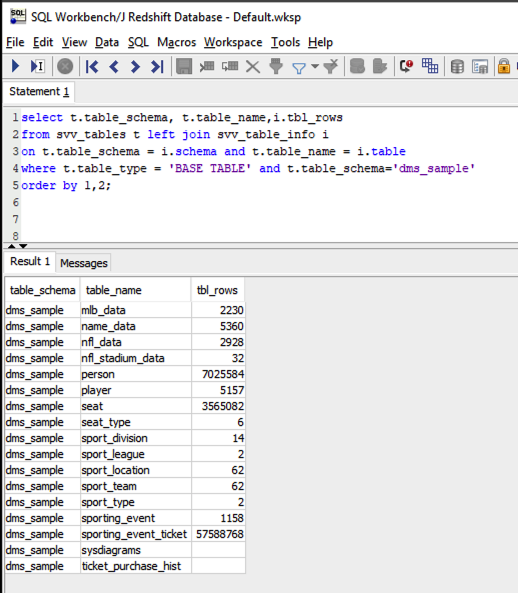
MariaDB releases a new version of ColumnStore every year, adding new features and improvements. There are three things you should know about SkySQL vs. It can deploy databases for transactions (row data), data warehouses for analytics (columnar data) or hybrid databases for smart transactions (row + columnar data). In the context of Amazon, it’s RDS and Redshift combined. Enterprise customers and community users alike have been deploying MariaDB as a data warehouse ever since, replacing Greenplum and Vertica, or when they reached the limits of its analytical capabilities, MySQL.Įnter SkySQL. But if you wanted one in the cloud, Redshift was the only game in town.Ī few years ago MariaDB introduced ColumnStore, a distributed and columnar storage engine. It has much better compression, far less disk IO and scales out from gigabytes to petabytes of data. When it comes to a data warehouse, you want a distributed, columnar database. To be fair, there weren’t a lot of options back in 2013. So, if you wouldn’t use a 15 year old database for an on-premises data warehouse, why would you use one for a cloud data warehouse?
#Redshift mysql software
Then again, at least it hasn’t ended up at Microstrategy where software goes to die. It didn’t stop me from getting new fleeces, and it’s no longer my go-to fleece when it’s cold out.Īs an aside, I thought Greenplum was bad (Postgres 9.4), but it has nothing on Redshift. And if I wear it, I get an earful from my wife. It’s falling apart, but I tell myself it can still do the job (it can’t). I still have a fleece I wore some 20 years ago. Redshift is, and always has been, based on a 15 year old version of Postgres. And Redshift? Seven years later and it’s still based on Postgres 8.0.2. ParAccel would go on to be acquired by Actian.

They built Redshift on ParAccel Analytic Database (PADB) in 2013, itself built on Postgres 8.0.2.

If you needed an on-premises data warehouse today, would you choose a version of Postgres released in 2005 (Postgres 8.0.2)? How about a version of MySQL released in 2005 (MySQL 5.0.15)? Perhaps you’d ask Oracle if you could use Oracle Database 10g Release 2 even though it was released in 2005 and reached end-of-life a decade ago?


 0 kommentar(er)
0 kommentar(er)
